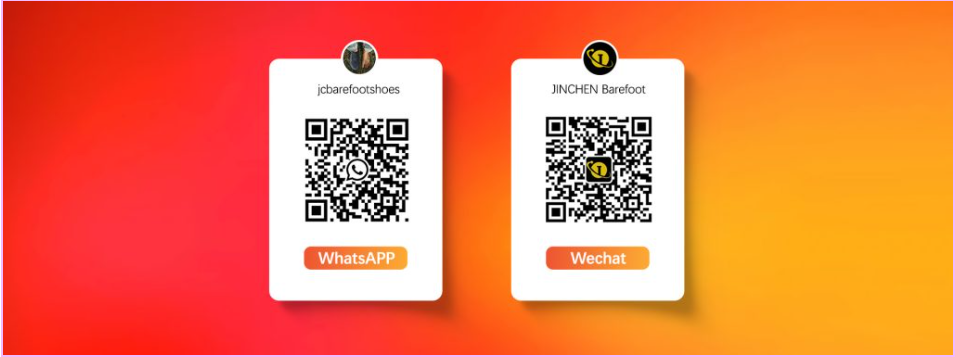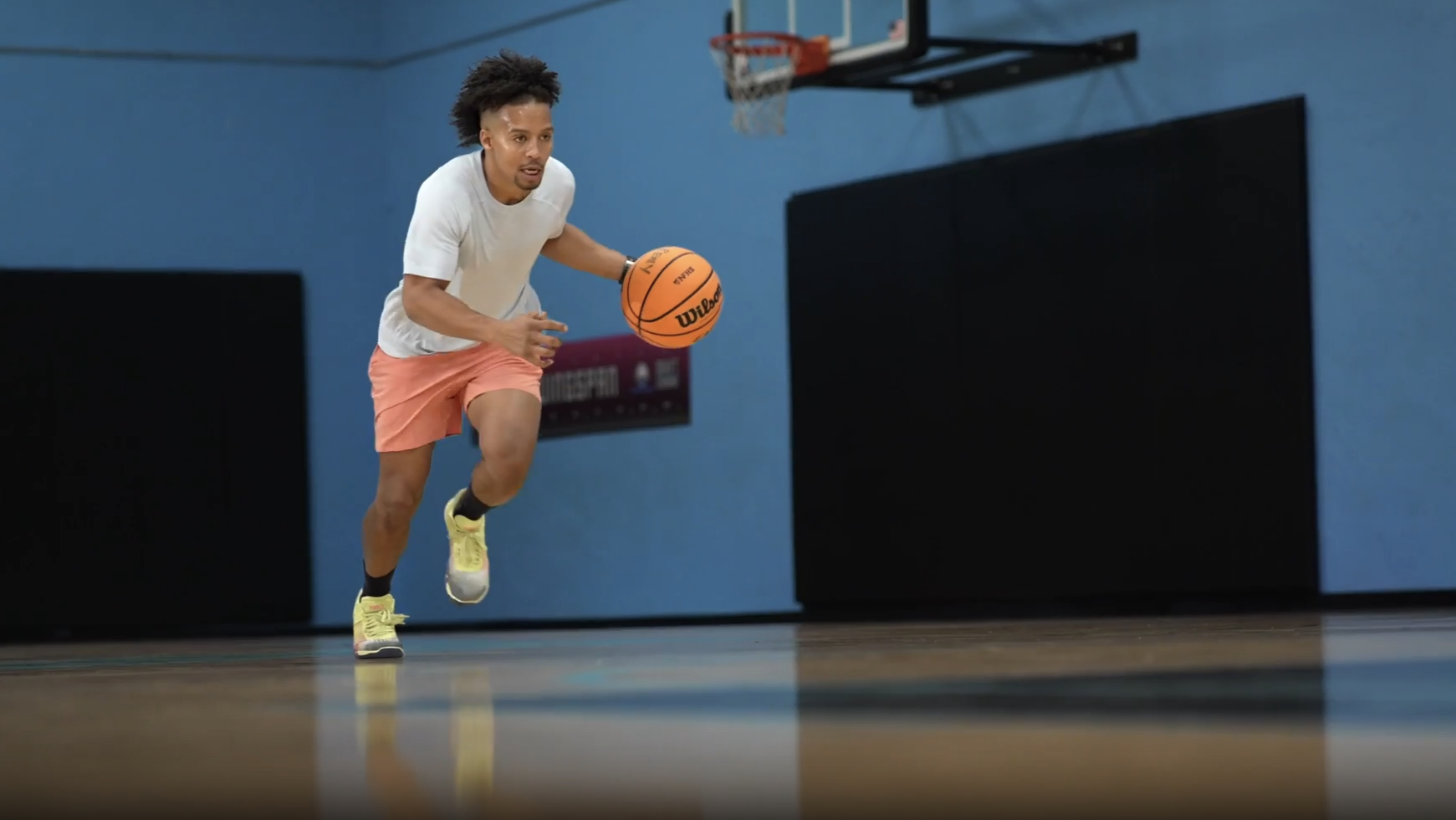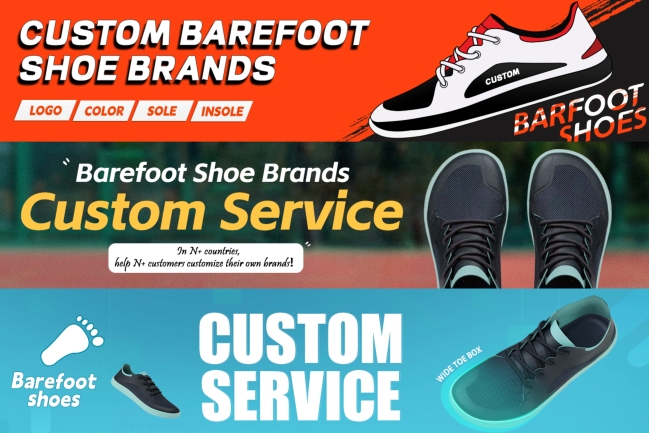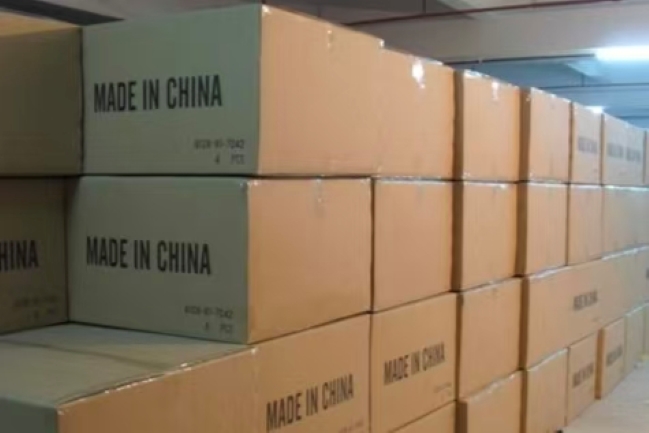In the field of sports Shoes, Barefoot Shoes have sparked a revolution of “returning to nature”. This design, which emphasizes zero drop, ultra-thin soles and wide toe blocks, has already accumulated a large number of fans in the running and fitness circles. But an interesting question arises: Can these minimalist shoes really stand the test of basketball?
As a professional barefoot shoe manufacturer, we often receive inquiries from basketball enthusiasts. Today, we will comprehensively analyze the feasibility of barefoot basketball shoes for you from a scientific perspective and practical experience.
1.The advantages of barefoot basketball shoes over traditional barefoot shoes
Foot strength and flexibility
Foot strength and flexibility:Exercising foot muscles: Traditional basketball shoes usually have thick insoles and stable support structures, which to some extent restrict the natural movement of the feet. Barefoot basketball shoes are designed to be closer to the natural state. When worn, the muscles, ligaments and joints of the feet need to be more involved in generating force and maintaining balance. They can effectively exercise the small muscle groups on the soles of the feet, the muscles of the toes, etc. Long-term wearing can enhance the strength of the feet, improve the stability and flexibility of the feet. For instance, when performing actions such as changing direction or making sudden stops, stronger feet can provide more precise force application.
Enhance joint range of motion: The upper of barefoot basketball shoes is thinner and more flexible, which does not impose excessive restrictions on the movement of joints such as ankles. This enables ankles, toes and other joints to perform a wider range of natural movements. During rapid movement and complex actions, it can better adapt to the body’s movement patterns, reducing the pressure and injury risk caused by joint restrictions.
Venue feedback and perception
Enhancing ground perception: The thick soles and shock-absorbing materials of traditional basketball shoes can weaken athletes’ direct perception of the ground. Barefoot basketball shoes have thinner soles, which enable athletes to more clearly perceive information such as the undulations, hardness and friction of the ground, thus allowing them to adjust their steps and force application methods more promptly and accurately during sports. For instance, when breaking through, one can more sensitively perceive the ground reaction force and better control the starting speed and direction.
Optimizing movement posture: When athletes can perceive the ground more clearly, their bodies will naturally adjust to a movement posture that is more in line with biomechanics, reducing sports injuries caused by improper posture. For instance, it can more naturally adjust the Angle when landing, avoid excessive inward or outward turns, and reduce the pressure on joints such as knees and ankles.
Sweat-wicking, breathable and comfortable
Good breathability: Barefoot basketball shoes usually use thinner and more breathable materials to make the upper part, which helps to improve the air circulation inside the shoes, quickly expel the heat and moisture generated by the feet, and keep the feet dry. In contrast, some traditional basketball shoes, in order to ensure support and wrapping, are made of thicker materials and have relatively poor breathability. Wearing them for a long time can easily lead to problems such as hot and stuffy feet, sweating, bacterial growth, and unpleasant odors.
Fit the foot curve: The design of barefoot basketball shoes pays more attention to conforming to the natural shape of the foot, which can better adapt to different foot shapes, reduce discomfort such as rubbing and pushing the feet caused by unsuitable shoe shapes, and provide a more comfortable wearing experience. At the same time, its flexible feature will not cause excessive compression on the feet, making the feet more free and comfortable during movement.
2.Professional analysis: The Scientific basis of barefoot training
Why do many people advocate “barefoot sports”?
Studies show that wearing high-cushioning thick-soled shoes for a long time can gradually cause the intrinsic foot muscles in the feet to deteriorate, especially weakening the support of the toes and arches, as these functions are replaced by the shoes.
The most prominent value of going barefoot or wearing minimalist shoes lies in:
✅ let your toes relearn to grip the ground
✅ enhance the dynamic stability of the arch of the foot
✅ improve body control over the ground through more proprioception
For instance, Lieberman (2010) pointed out:
Habitual barefoot runners often land on the forefoot or midfoot to reduce the peak impact caused by landing on the heel first. This way of landing may lower the risk of injury.
Another research case comes from Robbins and Hanna (1987). Through their study of foot sole neural feedback, they found that when wearing barefoot shoes or in a barefoot state, the human body will automatically tighten the muscles of the lower legs and feet due to the ability to sense the ground conditions, generating a similar protective mechanism, thereby reducing the injury caused by the impact of landing. That is to say, when shoes provide excessive cushioning and the feet lose this feedback, it may make athletes more prone to losing control of their movements or getting injured.
The same logic holds true for basketball:
A foot that is more sensitive and flexible to the ground can make coordinated adjustments such as changing direction, sudden stopping and jumping more quickly, making the reactions of the lower limbs and the whole body more efficient. This is an important basis for the theoretical feasibility of barefoot basketball shoes.
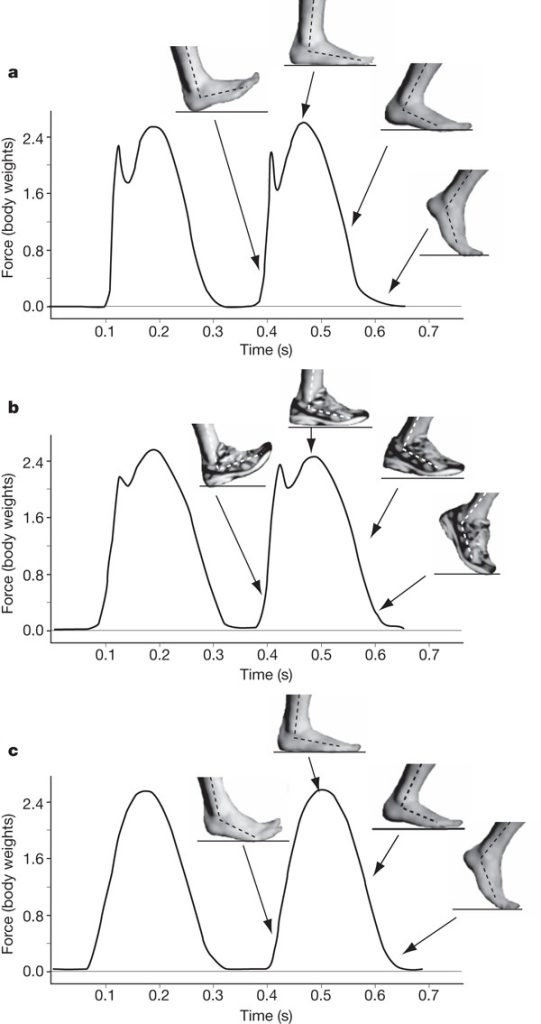
3.Basketball players' personal accounts: Real Experiences of Barefoot Training
Stephen Curry – a long-time believer in barefoot training
Source:
2018 Wall Street Journal Interview + Under Armour Official Documentary (Stephen Curry: More Than An Athlete)
Key statement:
✅ “I trained barefoot at home since I was a child, which made me more sensitive to the ground.”
“My dad made me do barefoot drills in the living room – dribbling, balance work. It rewired how I feel the court.”
✅ “now my signature shoes (Curry series) still pursue ‘barefoot feel’, with thinner soles than other basketball shoes.”
(UA designer confirmed that the midsole of Curry 4 is only 14mm, while the average of traditional basketball shoes is over 25mm)
Scientific support:
🏀 Studies have shown that barefoot training can enhance proprioception and improve stability when changing direction (Journal of Sports Sciences, 2016).
Giannis Antetokounmpo – From barefoot street basketball to the NBA
Source:
2021 Greek TV documentary “From Sepolia to the NBA” + official interview with the Milwaukee Bucks
Key statement:
✅ “When I was a child, I had no money to buy shoes. My brothers and I played ball barefoot on the concrete ground, and our feet were full of callus.”
“We played barefoot on concrete. Your feet adapt – you learn to land softly.”
✅ “now my training still includes barefoot beach running, which is stronger than any ‘high-tech shoes’.”
Bucks doctor Dr. Raul Ortega confirmed that his barefoot training reduces the risk of ankle injuries.
Data verification:
📊 Giannis antetokounmpo ‘s single-leg balance test score (4 minutes and 12 seconds) far exceeded the NBA average (2 minutes and 30 seconds).
Kyrie Irving – The Master of barefoot ball handling training
Source:
2017 SLAM Magazine Interview + Trainer Video Log
Key statement:
✅ “I practice barefoot dribbling at least twice a week, which makes my control of the ball more precise.”
“No shoes, just you and the ball. You feel every dribble in your toes.”
✅ “Barefoot training makes me more ‘light’ in the competition, and I don’t need to resist the resistance of shoes when changing directions.”
Nike once tested its speed of changing direction barefoot and wearing shoes. The barefoot group was 0.2 seconds faster.
Scientific support:
🔬 Studies have shown that dribbling barefoot can enhance the cerebell-foot neural connection and improve the ability of quick decision-making (Frontiers in Psychology, 2019).
4.Scientific transition plan
The neuromuscular adaptation period that must be gone through
When switching from traditional basketball shoes to barefoot shoes, it is recommended to follow the “30% rule “:
Weeks 1-2: Only for shooting practice (30 minutes per session)
Weeks 3-4: Add low-speed dribbling practice
Weeks 5-6: Try half-court confrontation
Premature high-intensity confrontation may lead to plantar fasciitis or tibial stress syndrome.
Wisdom in venue selection
Barefoot shoes perform best in the following venues:
✅ wooden floor (coefficient of friction 0.5-0.7)
✅ rubber ground (impact absorption rate >60%)
⚠choose cement floor with caution (it is recommended to use cushioning socks)
Adaptation solutions for special body types
The following groups of people need customized solutions:
People with high arches of the feet: Choose styles with toe separation designs
For overweight players (over 90kg) : Use shock-absorbing insoles for transition
If you have a history of ankle injury: It is recommended to use it in combination with kinesiology patches
5.Professional Purchasing Guide
| Key indicators | Standard Value | Detection method |
| Sole thickness | ≤5mm | Measure with a vernier caliper |
| Bending stiffness | >60 degrees (forefoot) | Test by folding both hands in half |
| Width of the toe | ≥ foot width +5mm | The toes can naturally spread out when standing |
| Wear resistance index | TPR rubber ≥6000 revolutions | View the wear resistance test report |
Practical recommended combination
Indoor venue: Vivobarefoot Primus Lite III (Certified by the Association of British Podiatrists)
Outdoor field: Xero Shoes Prio (8mm serrated sole)
Transition period: Merrell Vapor Glove 6 (with EVA buffer layer)
6. Disadvantages and limitations of barefoot basketball shoes
Lack of cushioning makes high-intensity exercise prone to causing stress injuries
The extremely thin soles of barefoot shoes (usually 3-5mm) cannot effectively absorb the impact force upon landing and are not suitable for players with a large body weight (BMI > 25) or a history of plantar fasciitis.
Insufficient support increases the risk of ankle sprain
The Zero Drop design and the absence of lateral support result in poor stability during sudden stops and changes of direction. It is necessary to combine ankle stability training (such as a balance board) for at least six weeks before attempting actual combat.
The adaptation period is long, and it may reduce athletic performance in the short term
The muscles in the feet need an adaptation period of 4 to 12 weeks. During this period, explosive power and jumping ability may decline. It is not advisable to switch suddenly during the season. It is suitable to make a gradual transition during the off-season.
There are significant site restrictions. Use cement ground or outdoor areas with caution
The wear resistance of the outsoles of barefoot shoes is generally lower than that of traditional basketball shoes, and they lack a puncture resistance layer. The wear rate of the outsoles of barefoot shoes is 2.3 times that of traditional shoes.
Conclusion: Is this the evolution of basketball shoes or an adventure?
From the perspective of function and concept, barefoot basketball shoes (also known as minimalist basketball shoes) do indeed represent a reflection on sports shoe design. Traditional basketball shoes generally pursue support, shock absorption and torsion resistance. However, while these functions enhance protection, they may also limit the strength, flexibility and perception of the feet themselves. Barefoot basketball shoes aim to break this over-protection, allowing the feet to work more like barefoot, thereby activating the muscles on the soles of the feet, improving the function of the arches, and enhancing the sensitivity to ground feedback. These may have long-term benefits for athletic performance. It is not a pair of magic shoes that can solve everything immediately, but a tool that encourages people to retrain their foot functions. Only by correctly understanding and scientifically using barefoot basketball shoes can they truly represent the future of basketball shoes. Otherwise, it is very likely to be an adventure for untrained athletes.
Contact us – a professional barefoot shoe manufacturer – to get more professional advice on barefoot sports!
